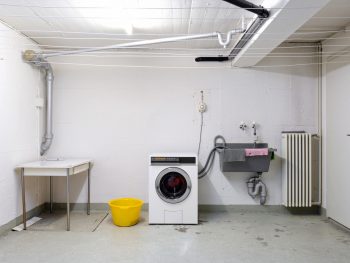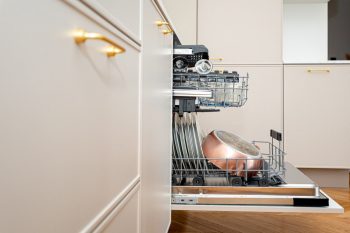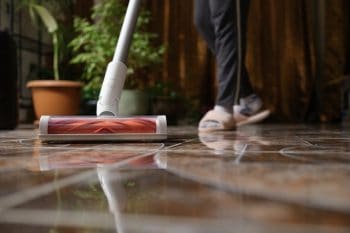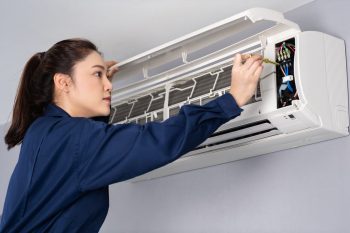
Nothing is more annoying than your clothes clinging to each other in the dryer. Making things less annoying is topping my list of new year’s resolutions.
So, here we are helping you to understand the problem, find its solution, and overcome this obstacle for life!
Static electricity is the problem we are trying to find a solution to. Static electricity is used to explain the tangled clothes in the dryer.
The clinging effect of the clothes can cost hours of your precious time that you could easily spend otherwise on something productive like watching Netflix.
Simply put, there is a transfer of electrons between the clothes in the dryer, resulting from which they cling together, and this phenomenon is termed static cling.
Here’s how to keep it from happening again:
- Balance the Humidity in Your House
- Don’t Forget Fabric Softeners
- Dryer Sheets Work Like Magic
- Don’t Mix Clothes Made From Natural and Synthetic Fibers
- Start Air Drying Your Clothes
Static cling is a phenomenon of physics that dictates how the electrons transfer from one piece of clothing to the other if proper drying techniques are not followed. Let’s move forward to learn how to get rid of it.
5 Practical Tips To Prevent Static Cling
Luckily, the static cling is not a phenomenon that can not be prevented. If you follow the rights strategies, you can easily prevent this from happening.
This buildup of electrical charges is more common in the winter season because of the prevalence of dry air.
Taking care of the dryness in the air can be all it needs to prevent this phenomenon from happening, which leads us to our first tip:
1. Balance the Humidity in Your House

You will need to take great care of the humidity in the air because the leading cause of this phenomenon is static electricity.
This means that when the clothes are put together in the dryer, they rub against each other, which leads to friction.
When two pieces of clothes touch again and again in the dryer machine, it activates the electrical charges.
When the charges are activated, they move from one surface to another. This transfer of charge produces electricity and develops attraction between two surfaces.
This attraction keeps the clothes clinging together when you bring them out. The easiest solution to do this is by keeping your air a little humid.
It will prevent dryness and will also keep clothes from producing friction. Without friction, there would be no charge transfer, hence, no static cling.
A traditional way of making dry air humid in your house is by keeping a small water-containing steel glass/container in the room. It will keep the room humid all night long.
2. Don’t Forget Fabric Softeners
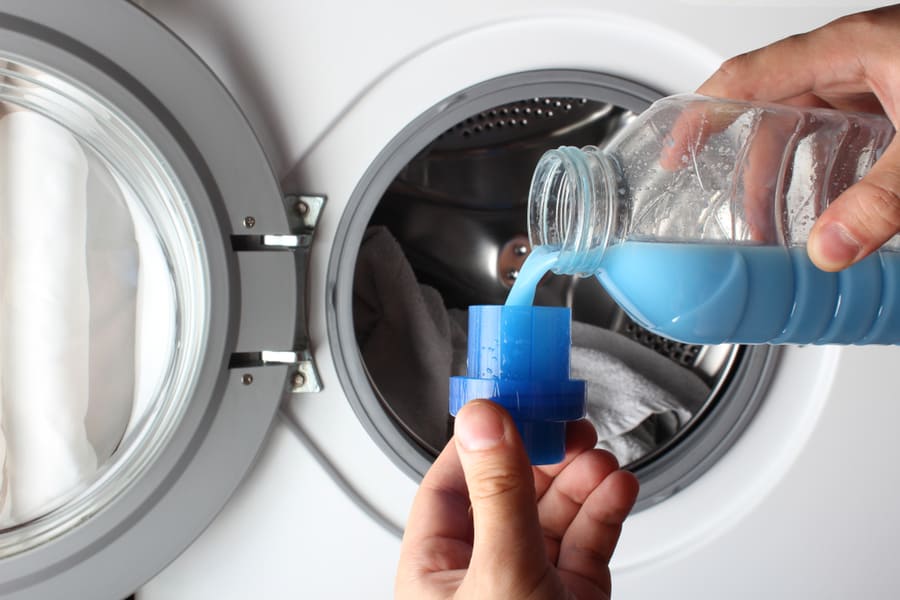
The fibers of the clothes rub into each other because of the hard and stubborn flyaway fibers present in the clothes.
These flyways can be easily handled by using fabric softeners. The chemical in the fabric softeners softens the fibers of the clothes.
The soft fibers will no longer produce friction or rub against each other, causing fabric itching.
This will lead to a smooth rotation of the fabrics in the dryer machine without the development of static electricity.
3. Dryer Sheets Work Like Magic
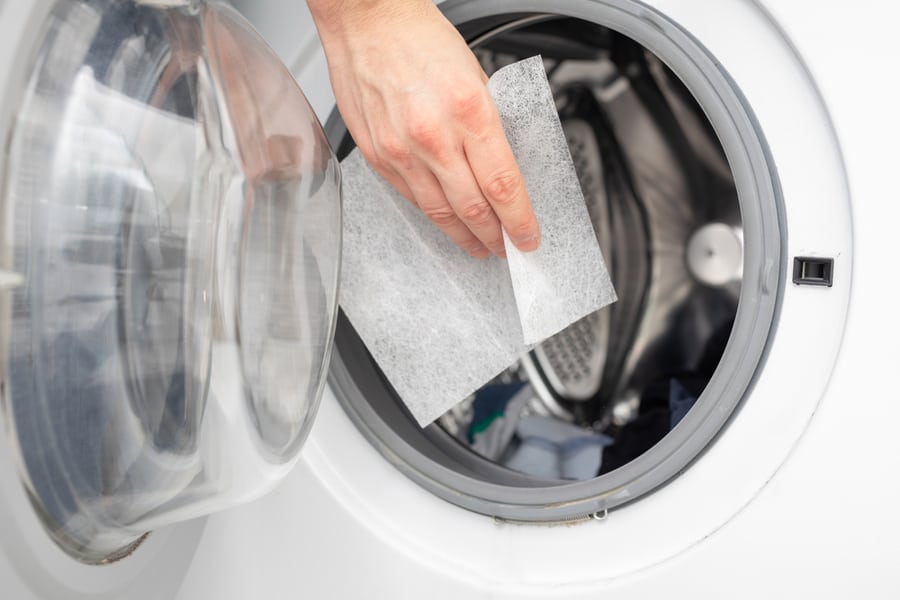
Dryer sheets are a win-win product when it comes to laundry. Not only do they provide a balance of the static cling, but they also impart fragrance to the clothes.
Moreover, the fabric becomes softer after using the dryer sheets.
Dryer sheets balance the charge of electrons using an oppositive charge, i.e., a positive charge.
When the dryer sheets are put into the dryers of other clothes, they absorb all the negative charge buildup from the sheet.
The positive charge of the sheet attracts and extracts all the free electrons that would otherwise transfer, eventually stopping the buildup of electrostatic cling.
4. Don’t Mix Clothes Made From Natural and Synthetic Fibers

There are mainly two types of clothes, one made from natural fibers and the other from synthetic. If you mix both of them, there are more chances they will initiate a transfer of charge among them.
That is why you must treat each type of clothing separately. It will prevent their charges from mixing up and making a bond. This will lead to a smooth drying process.
5. Start Air Drying Your Clothes
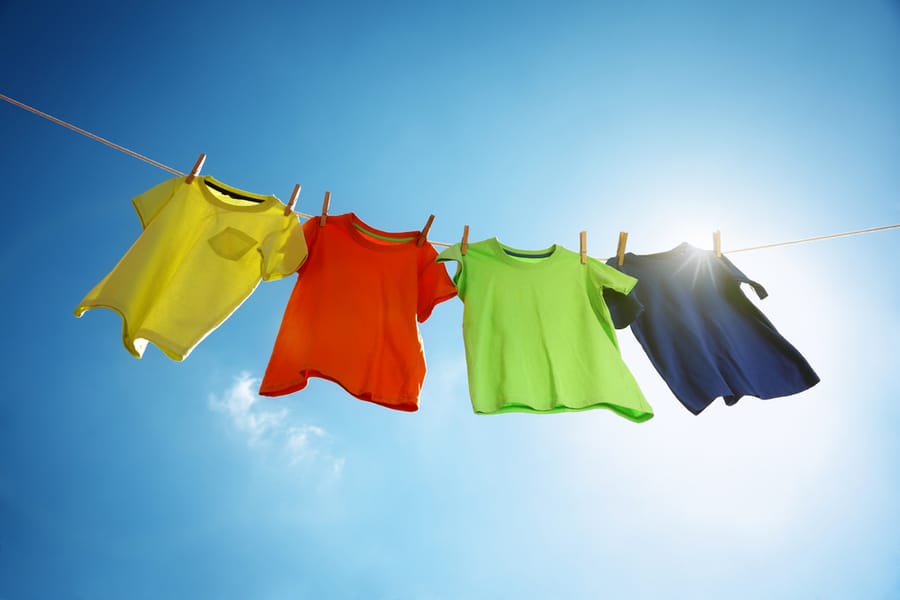
Lastly, we have listed something that will help if everything else fails, air drying your clothes is one of the best ways to keep them healthy and increase their longevity.
Air drying the clothes not only keeps your clothes from building up an electrostatic cling but will also keep the colors of your clothes fresh and youthful.
It improves the general health of your clothes.
However, this method can take longer than all other methods, and you will depend a lot on the weather condition in your area.
Takeaway
Clothes tend to cling to each other in the dryer machine, and it can be quite a task to separate them from each other afterward. This phenomenon is called static cling, and it can be prevented using dryer sheets, fabric softeners, balancing the humidity in your home, and air drying the clothes.
Following these tips will solve this issue of yours for the rest of your life.
Frequently Asked Questions
Why Do You Feel an Electric Shock When You Touch Clothes in a Dryer?
It is because of the electric charge buildup on the clothes in the dryer through electrostatic cling. The transfer of charges produces a sense of electricity which gives a shock.
What Is Static Electricity?
When two surfaces come in contact with each other through friction, they produce a charge which causes the flow of electrons from one surface to the other, termed static electricity.



